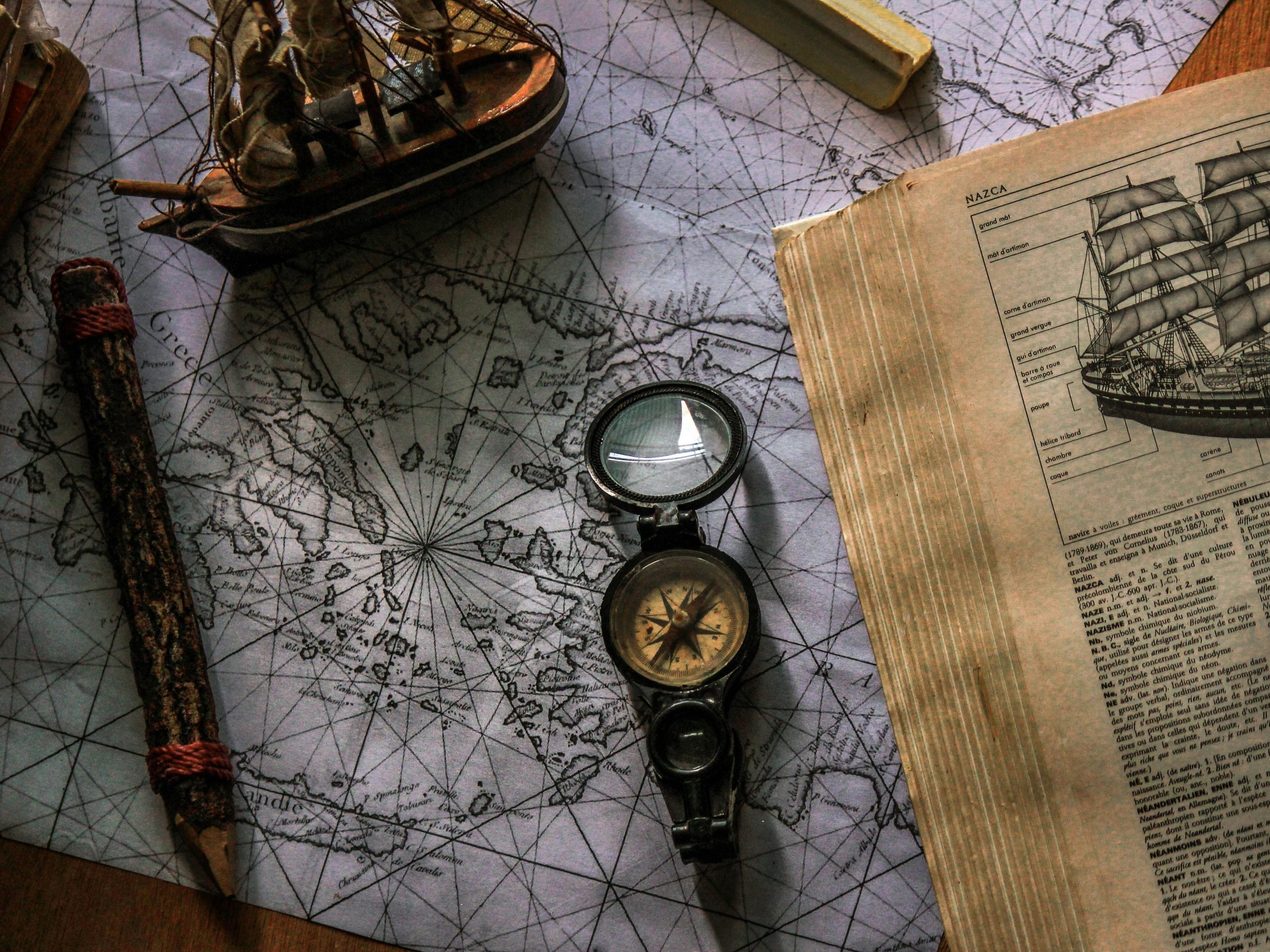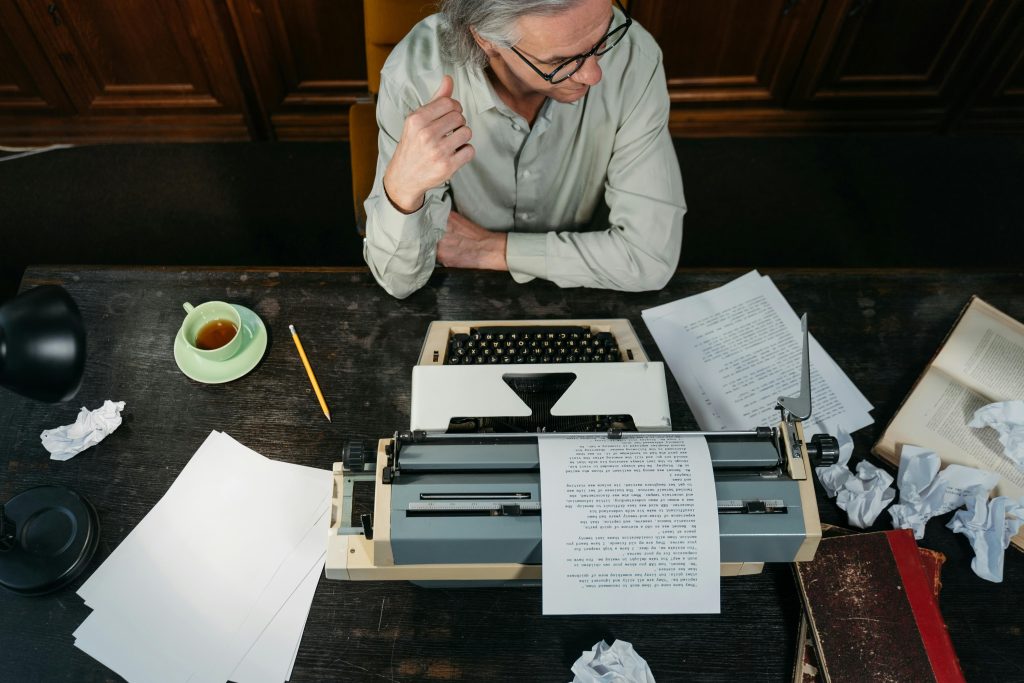
There’s a certain magic in cracking open a historical novel and finding yourself instantly transported to a bygone era. Maybe you’re a servant in the bustling kitchens of King Henry VIII’s court, or a Japanese immigrant struggling in early 20th-century America. Perhaps you’re meandering through Victorian London’s foggy streets or crossing medieval Europe on horseback. The allure of historical fiction lies in its ability to act as a literary time machine—a portal through which we can better understand the people, customs, and events of different periods in history, all while being captivated by a compelling story. If you’ve ever wondered why so many readers gravitate toward historical narratives, the answer often boils down to this: historical fiction enriches our sense of wonder, empathy, and curiosity about the past in a way that no textbook ever could.
Why Historical Fiction Attracts Us Like a Magnet

At its best, historical fiction serves as a bridge between past and present, a vessel that carries us from the modern world back to events we recognize in textbooks. But instead of dry dates and names, we discover fully formed characters with hopes, fears, and dreams that echo our own. This connection to human emotion is what turns the quest for historical accuracy into a mesmerizing saga that can make you forget to breathe as you flip each page.
Unlike history books, which often present a top-down view of wars, treaties, and leaders, historical fiction is more intimate. It allows us to see the everyday lives of ordinary people—a detail often lost in academic recountings of massive events. Reading about the cramped tenements of 19th-century New York or the glittering Renaissance courts of Florence helps us appreciate how similar people’s emotional struggles have been throughout time. In essence, the genre reveals history through a personal lens, forging a connection between the reader and a long-gone world.
The Art (and Effort) of Research

Many readers might be surprised at the amount of effort authors pour into ensuring the historical accuracy of their novels. Some novelists, such as Hilary Mantel (famous for her “Wolf Hall” trilogy set in Tudor England), spend months—sometimes years—studying original letters, royal decrees, diaries, and other archival materials. They sift through historical documents to recreate an era down to the smell of the market stalls and the texture of a courtier’s velvet cloak. This meticulous fact-checking is crucial because readers of historical fiction can be among the most critical—if you get one detail wrong, expect to hear about it.
Why Research Matters
- Immersion: The more accurate the details, the easier it is for readers to fully immerse themselves.
- Educational Value: Well-researched novels can teach you more about an era’s culture, technology, and values than you might glean from a short history lesson.
- Credibility: A story laced with errors can break a reader’s trust, so attention to detail elevates both the author’s reputation and the reading experience.
When authors do it right, they create a vivid tapestry of the past, stitching together realistic dialogues, customs, fashion, and even diets that bring the setting to life like a living diorama. This dedication to detail is part of what makes historical fiction an exhilarating deep dive into time.
Examples of Literary Time Travel Done Right
“The Pillars of the Earth” by Ken Follett
Set in 12th-century England, this sweeping epic follows the building of a cathedral against the backdrop of political upheaval. Follett’s painstaking research into medieval architecture, feudal society, and the church’s role in everyday life creates a window through which modern readers can observe the complexities of the Middle Ages. It’s an immense novel, but it’s a masterpiece of immersion that brings craftsmanship and medieval struggles to life. Read more about it The Pillars of the Earth – Wikipedia
“Wolf Hall” by Hilary Mantel
This Booker Prize-winning novel reimagines the Tudor court from the perspective of Thomas Cromwell, an often-misunderstood historical figure. Mantel’s commitment to detail—like the daily routines and political maneuverings of King Henry VIII’s court—makes for a riveting narrative that captures the claustrophobic atmosphere of that time.
“Pachinko” by Min Jin Lee
While not set in a European past, “Pachinko” spans early 20th-century Korea under Japanese occupation, extending to mid-century Japan. This multi-generational saga places readers in an era of cultural tension, resilience, and familial bonds. The novel expertly contextualizes a complex historical period without ever losing the emotional core of its characters. Read more about it Pachinko (novel) – Wikipedia
“The Nightingale” by Kristin Hannah
Focused on the often-overlooked female perspectives in WWII-era France, “The Nightingale” follows the experiences of two sisters as they navigate Occupied France, risking their lives in different ways. Hannah’s portrayal of resistance work, civilian life under occupation, and the brutality of war shapes a deeply empathetic narrative that resonates with readers from all backgrounds. Read more about it The Nightingale (Hannah novel) – Wikipedia
History Brought to Life: What We Gain From Reading the Past
1. Greater Empathy for Different Cultures and Times
Reading historical fiction allows us to see beyond our modern preconceptions. When you witness daily life in 14th-century Mali or 18th-century Japan, you begin to empathize with the universal human experience—love, fear, ambition, and survival. Even if these characters lived centuries before us, their emotional journeys can resonate in surprising ways.
2. Contextual Understanding of Current Events
History tends to repeat itself, or at least rhyme. Many aspects of contemporary society are rooted in past events—whether it’s social justice movements, economic systems, or political structures. Through narratives that capture how certain conditions came to be, historical fiction gives us context for today’s challenges.
3. A Break from Modern Hurdles
Modern life is often frantic, with digital devices and a 24/7 news cycle bombarding us daily. Historical fiction offers a respite, letting our minds wander through cobblestone streets, candlelit courts, and the hushed secrets of ages past. This mental escape can be rejuvenating, offering a unique brand of escapism that’s also enriching.
4. Inspiration to Learn More
It’s not unusual for someone to finish a historical novel and then devour a stack of non-fiction books to explore the subject in depth. A well-written story can ignite a passion for learning, motivating readers to dig into the real historical figures and events that influenced the narrative.
Tips for Selecting Your Next Historical Read
- Focus on a Time Period or Culture That Intrigues You
Fascinated by Ancient Egypt? Intrigued by the samurai era of Japan? Zero in on that interest and find novels set in those worlds. When you read about an era you’re genuinely curious about, you’re more likely to stay engaged. - Browse Award Winners and Lists
Look for titles that have received accolades such as the Man Booker Prize, the Historical Novel Society awards, or have graced “Best Of” lists. These lists can steer you toward quality writing and in-depth research. - Sample Different Styles
Historical fiction isn’t one-size-fits-all. Some novels weave in romance, mystery, or even fantasy elements. Don’t limit yourself—experiment with diverse sub-genres to find the perfect blend of history and storytelling that resonates with you. - Check Author Credentials
While not mandatory, many historical fiction authors have some background in history or have done extensive research. Reading interviews or author notes at the end of a novel can give you a sense of their dedication to authenticity.
The Future of Historical Fiction
As readers become savvier, demands for authenticity and diversity in storytelling grow. Authors are now exploring eras and parts of the world that have been traditionally overlooked in Western literature—shedding light on events and figures rarely mentioned in mainstream history classes. Whether it’s medieval Africa or pre-Columbian America, these long-neglected histories are capturing the imagination of modern audiences hungry for fresh perspectives.

Moreover, the digital age has made research more accessible. Documents, old maps, and historical records that once required extensive travel and special permissions to view are now available online. This newfound accessibility opens doors for emerging writers with big imaginations and a passion for unearthing hidden stories. It’s an exciting era for fans of historical fiction, as it means a wider array of narratives that can spark newfound appreciation for our shared global heritage.
The Final Word: Why We Keep Traveling Through Time
Historical fiction isn’t merely about reliving battles, feasts, or coronations; it’s about exploring the universal human condition in a distinct setting. It reminds us that while technology and social structures change over the centuries, core emotions and dilemmas remain surprisingly consistent. The next time you pick up a novel set in a century different from our own, realize you’re not just reading words on a page—you’re stepping through a portal into the heart of humanity.
In an age where we’re often looking ahead—chasing the latest trends, updating our devices, or planning for the future—historical fiction gently urges us to look back. It reminds us that to move forward effectively, we might want to understand where we’ve come from. And if understanding history can be wrapped in a story that makes our pulse race and our hearts ache, then maybe, just maybe, we’ll carry those lessons with us for the rest of our lives.
Found the article interesting and want to read more on fiction books? Click here to read Types of Fiction Books (with recommendations!)
